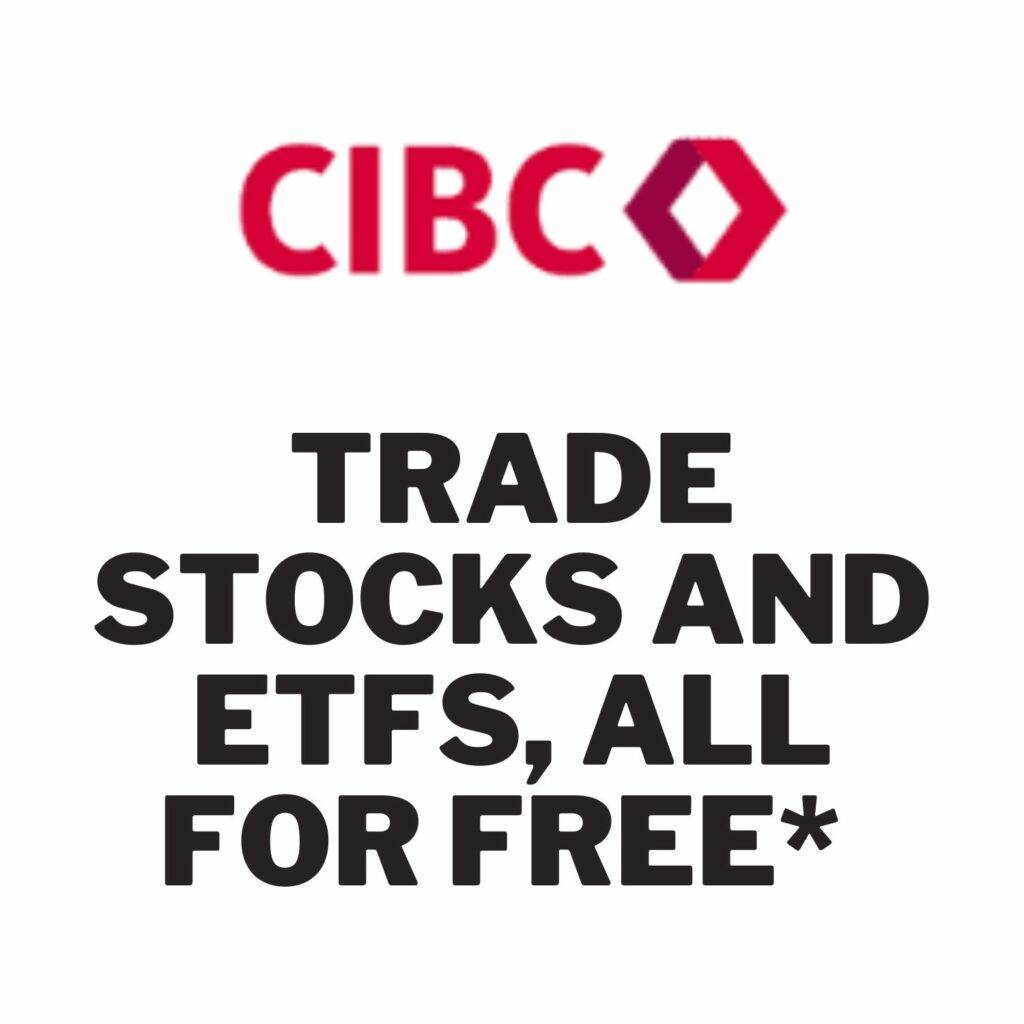JEPQ (JPMorgan Nasdaq Equity Premium Income ETF) is a high dividend yield ETF. It focuses on providing investors with a monthly income stream using covered call strategies. These strategies enhance yield by collecting premiums on call options.
This post is available in video format!

In terms of the fund’s holdings, the manager invests in large cap Teck stocks that are part of the NASDAQ. Using a proprietary selection criteria, the manager would select companies with the highest prospects for growth seeking the highest adjusted return possible (low volatility combined with high returns).
Covered call ETFs such as JEPQ tend to deliver impressive dividend yields, well above regular dividend ETFs. However, this comes with a twist. The covered call strategy is a conservative strategy that limits potential capital gains.
Is JEPQ a good investment?
Owning the JEPQ ETF presents several advantages. Firstly, it offers an attractive yield, primarily through the money earned from issuing call options. This strategy can lead to lower volatility compared to investing directly in a NASDAQ 100 ETF like QQQ, making it suitable for conservative investors and those seeking regular income. Furthermore, periods of high volatility can increase the premiums earned by the fund, enhancing its potential returns. For individuals interested in options strategies but lacking the time or expertise to write call options themselves, JEPQ provides a convenient solution. Lastly, the ETF is cost-effective with a relatively low total expense ratio of 0.35%, adding to its appeal for cost-conscious investors.
Positives
- Attractive yield thanks to money earned issuing call options;
- Lower volatility than investing in a NASDAQ 100 ETF such as QQQ;
- Suits conservative investors and income seekers;
- High volatility usually increases the premiums earned by the fund;
- Saves you time and effort (if you were yourself interested on writing call options in the NASDAQ 100;
- Relatively low fees (0.35% total expense ratio).
Negatives
- Poor performance (compared to the index in bull markets). You are essentially giving up on the upside potentiel of the NASDAQ 100;
- The strategy of covered calls becomes ineffective in an unpredictable market;
- JEPQ is dominated by Tech firms so it’s far from being a diversified investment;
Why covered call ETFs are popular?
Covered call ETFs are very popular with Canadian investors. Some of these ETFs managers have billions of dollars under management. Two reasons push investors towards covered call ETFs:
High dividend yield: thanks to the premiums earned when writing call options, the manager under certain conditions can earn premiums and enhance distributions;
Low volatility. Writing a call option is a conservative strategy aimed at reducing volatility;
Great for passive income: if you’re main objective is to achieve high dividend yields and build passive income, then covered call ETFs are a good option. But, remember the high dividend yield comes at a price which very low growth potential.
JEPQ ETF Performance and Dividend yield
11.68% Trailing Dividend yield (as per Yahoo finance)
| 1 Month | 3 Months | YTD | 1 Year | |
| Total return | 2.95% | 11.03% | 36.04% | 36.12% |

JEPI vs JEPQ
When considering whether JEPI (JPMorgan Equity Premium Income) and JEPQ ETFs are good investments, it’s essential to understand the key differences between the two.
JEPI
JEPI, an ETF focused on issuing call options, offers several advantages that might appeal to certain investors. Firstly, it boasts an attractive yield derived from the money earned through call option writing. Moreover, JEPI exhibits lower volatility compared to investing directly in an S&P 500 index ETF like SPY, making it a suitable option for conservative investors and income seekers.
Another positive aspect of JEPI is its ability to capitalize on high volatility, which often translates to increased premiums for the fund. Additionally, investors can save valuable time and effort by avoiding the need to personally write call options on the S&P 500, as JEPI handles this strategy on their behalf. Furthermore, with relatively low fees of 0.35% total expense ratio, JEPI presents a cost-effective investment choice. The ETF’s diversification across various sectors adds another layer of appeal, spreading risk across different industries.
However, JEPI does have some drawbacks that potential investors should consider. In bull markets, it is expected to underperform the S&P 500 index due to the call option writing strategy, which reduces volatility but also limits its performance during bullish periods.
JEPQ
On the other hand, the JEPQ ETF, focused on writing call options on the NASDAQ 100, offers similar benefits to JEPI. It provides an attractive yield from call option writing and boasts lower volatility compared to a NASDAQ 100 ETF like QQQ, appealing to conservative investors and income seekers.
However, JEPQ has some significant negatives that investors need to be aware of. It tends to perform poorly during bullish market conditions, as the covered call strategy curtails the upside potential of the NASDAQ 100.
Furthermore, JEPQ’s lack of diversification is a notable concern, with a heavy concentration in tech firms dominating the fund. This lack of diversification exposes investors to higher risks compared to a more balanced investment approach.
Conclusion
Ultimately, whether JEPI or JEPQ is a good investment depends on individual investor preferences, risk tolerance, and market outlook. JEPI’s lower volatility and diversification across sectors could be attractive to those seeking stability and income, while JEPQ’s focus on the NASDAQ 100 may appeal to tech-focused investors. It is crucial for investors to conduct thorough research, consider their financial goals, and consult with a financial advisor to make informed investment decisions.
Video
Expected investment outcome with covered call ETFs
In a robust bull market, where the price of the underlying stock rises above the strike price plus the option premium, the covered call writer will underperform.
Due to earning the option premium, the covered call writer can normally anticipate to outperform merely holding the stock in flat, decreasing, and mildly rising markets.
| Covered call strategy | |
| Bull Market | lags in terms of performance |
| Modest Bull Market | Outperforms the index |
| Volatile market (frequent ups and downs) | Outperforms the index |
| Beat market | Outperforms the index |
JEPQ Dividend Schedule
Monthly
| Amount | Ex-Div Date | Record Date | Pay Date | Declare Date |
|---|---|---|---|---|
| 0.3668 | 7/3/2023 | 7/5/2023 | 7/7/2023 | 12/30/2022 |
| 0.3566 | 6/1/2023 | 6/2/2023 | 6/6/2023 | 5/31/2023 |
| 0.4841 | 5/1/2023 | 5/2/2023 | 5/4/2023 | 12/30/2022 |
| 0.4539 | 4/3/2023 | 4/4/2023 | 4/6/2023 | 12/30/2022 |
| 0.4330 | 3/1/2023 | 3/2/2023 | 3/6/2023 | 12/30/2022 |
| 0.4406 | 2/1/2023 | 2/2/2023 | 2/6/2023 | 12/30/2022 |
JEPQ ETF Holdings
| Security Description | % of Net Assets |
| APPLE INC COMMON STOCK | 10.21% |
| MICROSOFT CORP COMMON | 8.61% |
| ALPHABET INC COMMON | 6.4% |
| AMAZON.COM INC COMMON | 5.83% |
| NDX_10 | 4.25% |
| NDX_8 | 3.91% |
| TESLA INC COMMON STOCK | 3.52% |
| NDX_6 | 2.83% |
| NDX_9 | 2.72% |
| NDX_7 | 2.61% |
| META PLATFORMS INC | 2.48% |
| NVIDIA CORP COMMON STOCK | 1.86% |
| CISCO SYSTEMS INC COMMON | 1.6% |
| ADVANCED MICRO DEVICES | 1.46% |
| COMCAST CORP COMMON | 1.28% |
| INTUIT INC COMMON STOCK | 1.26% |
| COSTCO WHOLESALE CORP | 1.22% |
| QUALCOMM INC COMMON | 1.17% |
| PAYPAL HOLDINGS INC | 1.15% |
Practice example: covered call strategy
An investor has 100 shares of Company A in his portfolio. Company A’s share is worth $ 30. He anticipates a stagnation or a slight drop in its price and he is ready to sell them at the price of 26 $. He decides to sell a call with the following characteristics:
• Exercise price: $ 26; Maturity: April; Option price: $ 4; Quantity: 100
He collects the following amount: 4 x 100 or 400 $ (premium)
Two cases should be distinguished:
CASE 1
Company A’s share price rose above the breakeven point of $ 30.
Break-even point = exercise price + premium = 26 + 4 = 30
The buyer of the option will choose to exercise his right to buy and, as the seller of the call, the seller will have to sell the shares at the strike price.
During this operation:
- the seller sold his shares for $ 26, which constitutes an acceptable loss for him.
- the seller collected the amount of the premium of $ 4, which helped boost the performance of his investments (yield).
CASE 2
Company A’s share price has fallen below the breakeven point of $ 30.
The buyer of the option will choose not to exercise his right to buy and the seller will not have to sell his shares.
Thanks to this operation, the seller keeps his shares in the portfolio and he collected the amount of the premium which generated an additional return.


